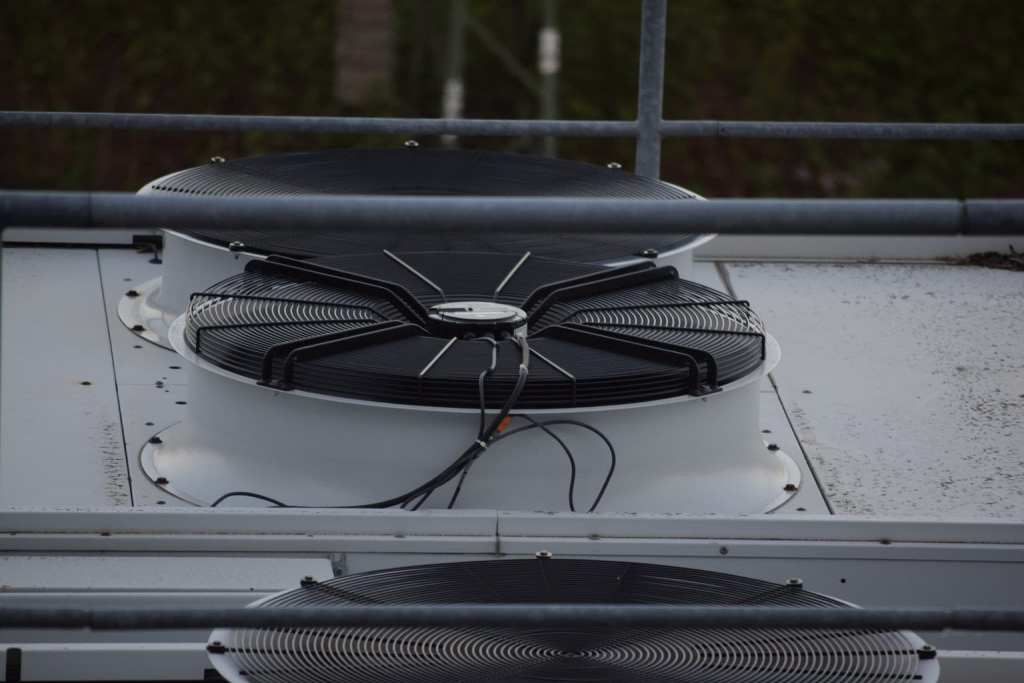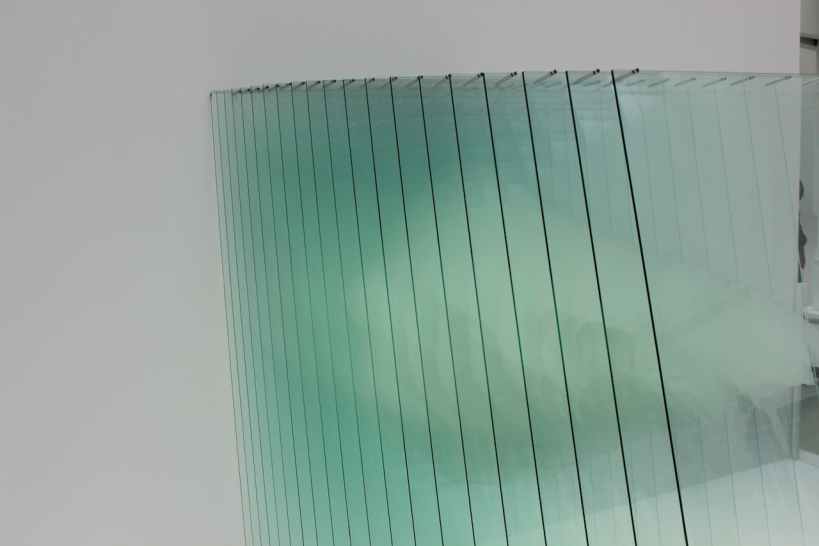Temperatures have risen all over the globe and there have been more frequent droughts in some areas as well.
When we can’t help it, turning on the AC isn’t something one should be feeling guilty about. The heat can sometimes be too much. In some parts of the world, turning the AC on may save lives.
Engineers and researchers have tried to provide solutions to this heat problem.
Thanks to them, we are steps closer to finding great alternatives to ACs in the near future. But, this new discovery adds to the many future alternatives we’re going to have. And it might be better for some people or areas.
Researchers at the University of Maryland have come up with a fantastic solution to tackle rising global temperatures.
They’ve made a “cooling glass.”
Contrary to traditional glass we have today, this one can effortlessly bring down indoor temperatures without relying on electricity.
The researchers’ breakthrough, published in the journal Science, introduces a microporous glass coating.
Microporous glass coating
To put it simply, this coating can lower the temperature of surfaces beneath it by 3.5°C at noon.
At noon—I think that’s pretty significant.
According to the research team leader, Professor Liangbing Hu, this discovery can help the planet. It coul potentially cut structures like mid-rise apartments’ annual carbon emissions by 10%.
Well then, how does the glass coating work?
The coating operates in two different ways.
First off, it reflects up to a staggering 99% of solar radiation, preventing buildings from soaking up excessive heat.
That bit is already pretty impressive, but the second function gets even better.

With the second function of the coating, it emits heat as longwave infrared radiation into the universe of cold.
In this space, temperatures hover around -270°C or just a few degrees above absolute zero. In simpler terms, it’s like having space as a giant refrigerator for buildings.
This is made possible by leveraging the new cooling glass design alongside the “atmospheric transparency window” in the electromagnetic spectrum.
The said window allows buildings to release substantial amounts of heat into the vast coldness of the sky, as mentioned.
This phenomenon is also known as “radiative cooling.”
First author Xinpeng Zhao describes the research as a game-changing technology. It makes everything easier with regards to keeping buildings cool and energy efficient.
“This could change the way we live and help us take better care of our home and our planet,” Zhao said.
Not new but improved
There have been attempts to make cooling glass. But unlike previous findings, this glass can endure exposure to water, ultraviolet radiation, dirt, and even flames.
It’s more environmentally resilient than its predecessors, being able to withstand temperatures of up to a scorching 1,000°C.
In addition, this coating is versatile. It can adhere to surfaces like tile, brick, and metal, making the technology scalable and adoptable for widespread use.
I mean, when you don’t have that much glass at home, apply it on your tiles. At the same time, when your house has lots of glass, just put the coating on! It has a lot of potential.
What makes this coating different, then?
For this technology, the researchers took a smart approach, using finely ground glass particles as a binder instead of polymers.
This enhances the glass’s long-term durability outdoors, maximizing infrared heat emission while simultaneously reflecting sunlight.
Professor Hu emphasizes the global significance of this innovation in the face of climate change.
He pointed out that the development of this cooling glass aligns with worldwide efforts to cut energy consumption.
“This ‘cooling glass’ is more than a new material—it’s a key part of the solution to climate change,” Hu said.

By reducing the need for air conditioning, we’re taking significant steps toward using less energy and shrinking our carbon footprint.
And thanks to these scientists, we may contribute more actively to making a cooler, greener world in the future.
After this discovery, the team focuses on further testing and observing real-world applications of their cooling glass.
Furthermore, they also aim to commercialize the technology. Their optimism about the innovation has led them to establish a startup company CeraCool.
With this, they want to scale up and bring this innovative solution to the mainstream.
Well, it seems like we have to wait for just a little longer to begin using this coating.
The need for more sustainable alternatives to ACs
As mentioned, there’s an increasingly urgent need for cooler living spaces as the planet gets hotter and hotter.
However, as we all know, air conditioners are not the most eco-friendly choice as they use greenhouse gases. Moreover, it consumes a lot of energy that may not be friendly to our pockets.
Other than the new coating technology, there’s another recent study from researchers at McGill University, UCLA, and Princeton.
They’ve uncovered an affordable and sustainable alternative to mechanical cooling with refrigerants. This alternative is especially beneficial in hot and arid climates.
This solution also addresses the challenge of mitigating dangerous heat waves during electricity blackouts.
So while we’re waiting for the cooling glass to be more refined, affordable, and widely available, we can adapt this instead.
The team wanted to establish a new standard for passive cooling within naturally conditioned buildings in hot climates.
They focused on exploring roof materials capable of radiating heat into the cold universe, even in direct sunlight. Additionally, they investigated integrating these materials with temperature-driven ventilation.

Perfecting the ones available
Now, it’s already common to use cool radiator materials and coatings. They prevent roofs from overheating.
However, these researchers identified untapped potential to fully integrate them into architectural design.
This integration goes beyond passive heat rejection to outer space. At the same time, it also facilitates regular and healthy air changes within the building.
Lead author Remy Fortin stated, “We discovered that we could maintain air temperatures several degrees below the prevailing ambient temperature and significantly below a reference ‘gold standard’ for passive cooling. And we achieved this without compromising healthy ventilation air changes.”
Not compromising ventilation air changes here is important.
Because typically, air exchanges introduce heat while the goal is actually keeping the room cooler than the outside.
The researchers hoped that their findings could positively impact communities affected by climate heat and heat waves.
Salmaan Craig, the Principal Investigator for the project, said, “We hope our work will inspire more holistic thinking on how to integrate breakthroughs in radiative cooling materials with simple yet effective architectural solutions.”
Wheter using cooling glass or refrigerants, this showcases how technological advancements and scientists can help us and the planet. Cheers to science, and cheers to our continuous efforts for our planet!
Sources
https://techxplore.com/news/2023-11-cooling-glass-blasts-space.html
https://www.sciencedaily.com/releases/2023/10/231030110826.htm



Leave a Reply